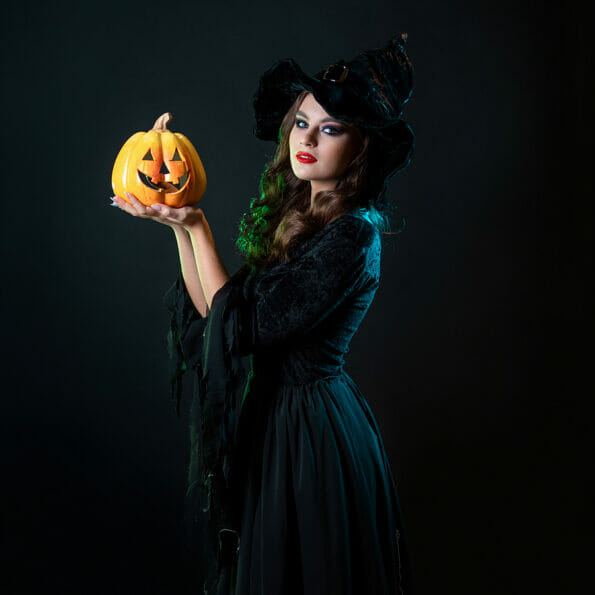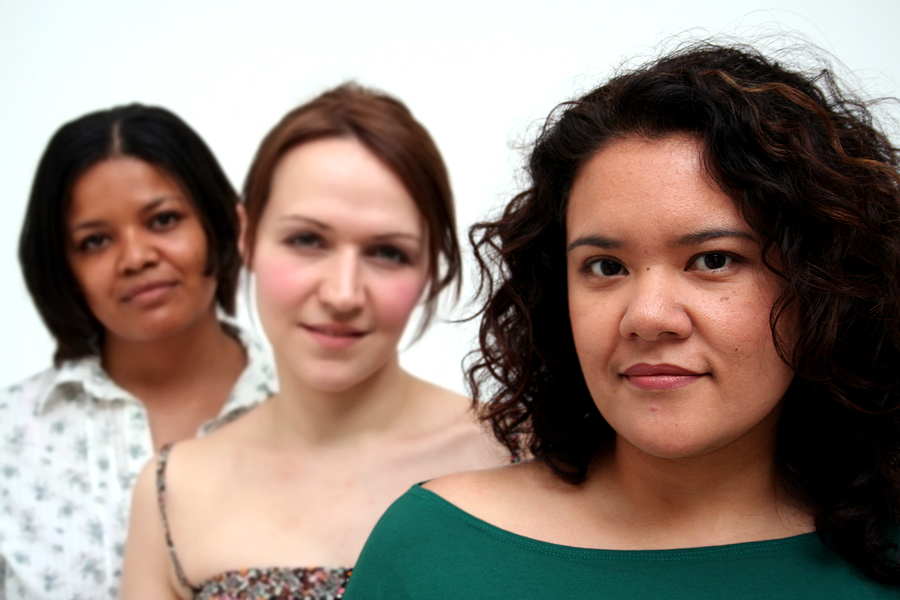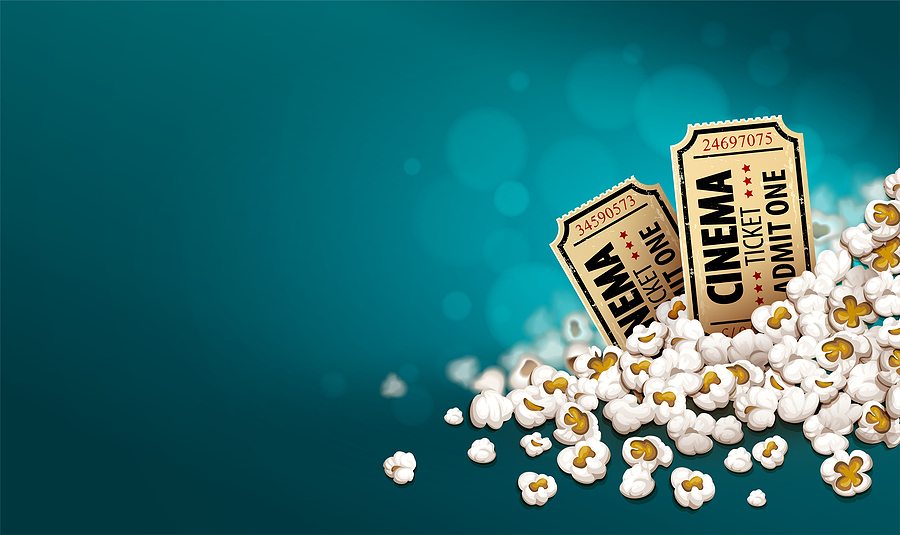With the revival of the cult-classic Hocus Pocus film series and a multitude of other mediums focusing on witches, it led to debates about the perception of witches and how this has changed within the past couple of years.
For the most part of history, witches have been seen as grotesque women that feed off beautiful and vulnerable people such as the case of The Wizard of Oz, Snow White and the Seven Dwarfs, The Witches and The Little Mermaid to name just a few. These women are often seen as spawns of Satan that do his bidding leading them to be persecuted in horrific events such as the Salem Witch Trials.
In reality, most of these ‘witches’ were actually just intelligent women who incorporated herbalism and other natural objects into everyday life. These women were closer to Wiccans but society couldn’t understand why they did not want to follow Christian traditions.
Thankfully, this perception has changed in recent years due to the influence of cinema and other mediums. Nowadays, the concept of a witch is seen as something stylish and desirable, whilst also being accepted in society.
The first appearance of witches in history
It’s fully unclear exactly when witches first appeared, but one of the earliest records of a witch is in the Bible telling the story of King Saul seeking the Witch of Endor to summon the dead prophet Samuel. Other verses in the Old Testament condemn witches and actively promote the genocide of witches.
However, it wasn’t until the mid-1400s that witch hunts became commonplace across Europe. This often involved women being forced to confess as witches under harsh torture. Most of the accused were executed by burning at the stake or hanging. There was no counsel for the defence and it’s estimated that 60,000 people were executed for witchcraft in the early modern era.
The most famous witch trial in history is easily the one that happened in Salem in 1692. As soon as witch hysteria began to die off across Europe, it exploded in the New World due to a bunch of contributing factors such as battles with native American tribes as well as a smallpox epidemic.
This ultimately led to the Salem Witch Trials which began after a group of girls started exhibiting strange symptoms such as fits and uncontrolled screaming that were later attributed to poisons from fungus.
However, the residents were absorbed by mass hysteria and believed it was witches causing these symptoms leading to over 150 people being accused of witchcraft in this relatively small town. It would take more than 250 years for Massachusetts to formally apologise for these events.
Witches making a splash in cinema
Throughout history, witches and witchcraft in cinema started off on the wrong foot. Most early films depicting witches showcased them as she-devils who serve as handmaidens for the Antichrist.
It wouldn’t be until the end of the twentieth century that the perception of witches really began to change in cinema. By the late 1980s, witches and the notion of witchcraft heavily appealed to young girls which led to a multitude of teenage films being released such as Teen Witch, Sabrina: The Teenage Witch and Kiki’s Delivery Service.
Despite being intended for young people, the films managed to showcase young witches as humans struggling with their powers rather than spawns of the devil. The Craft is the perfect example as it shows young girls being corrupted by the pressures of society rather than the devil whispering in their ears.
Not only did these types of films show a more human side to witches but also showcased the appeal of the powers that they can wield from flying to conversing with animals. It wouldn’t be farfetched to compare witches to superheroes as both often struggle with their powers and only try to do what’s best.
Instead of being seen as dangerous creatures, witches were suddenly seen as charming characters that people aspired to. It’s worth pointing out that most of these films moved away from the stereotype of worshipping the devil, instead moving towards a nature-based religion instead (much closer to actual Wiccans).

What the future holds for witches in media
Since the revamping of the imagery of witches in the late 1980s, many other mediums decided to take a similar approach in delivering witches in the same style. From anime to witch slots, the modern witch in media is often depicted as a more approachable one that is powerful but still distinctly human.
Slowly but surely, the stereotype of witches being bloodthirsty she-devils is diminishing and instead showing a more rounded stereotype. That’s not to say that all witches in the media are sisterly sorceresses showcasing divine magic, but the representation is more diverse.
There have been a couple of recent films, television shows and games showcasing witches, but a major resurgence is due as the season of the witch is definitely upon us. Hopefully, as we see the superhero genre fade, there will be even more witches showcased in the media and finally get the right kind of attention it deserves.
Image Source: BigStockPhoto.com (Licensed)
Related Categories: History, Reviews








